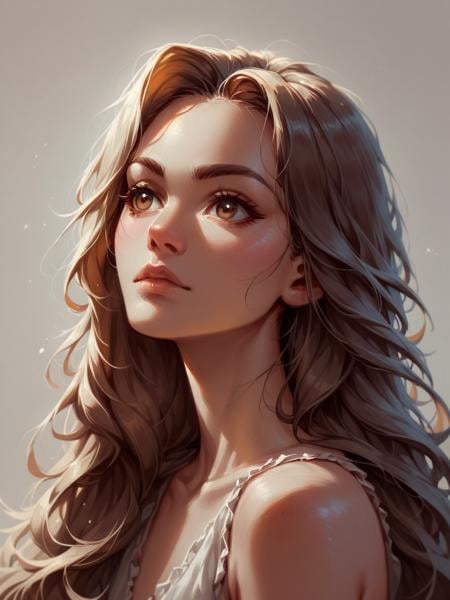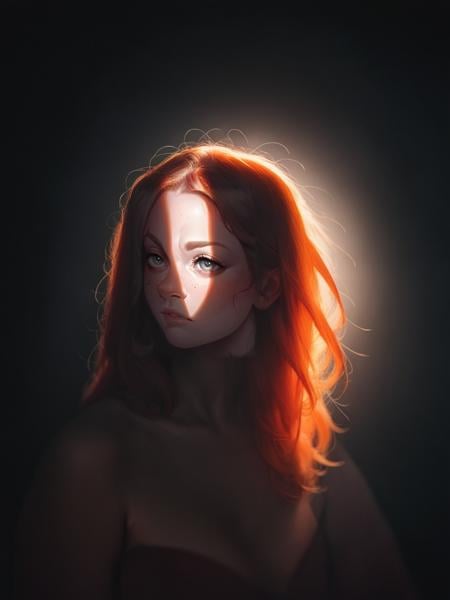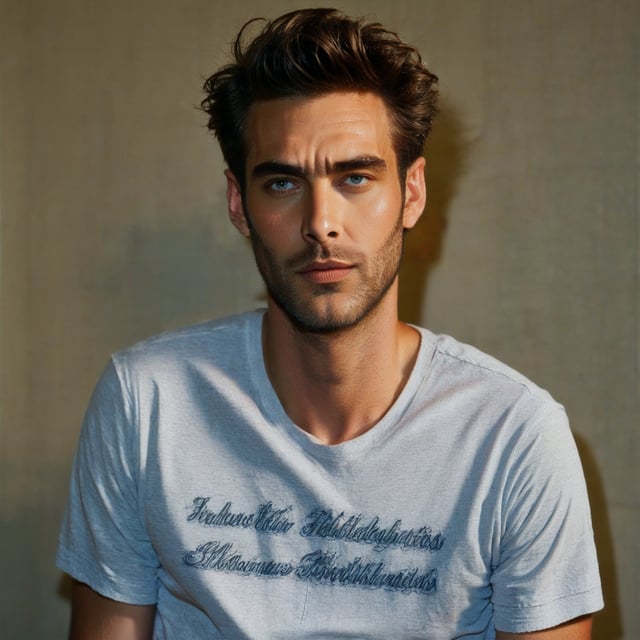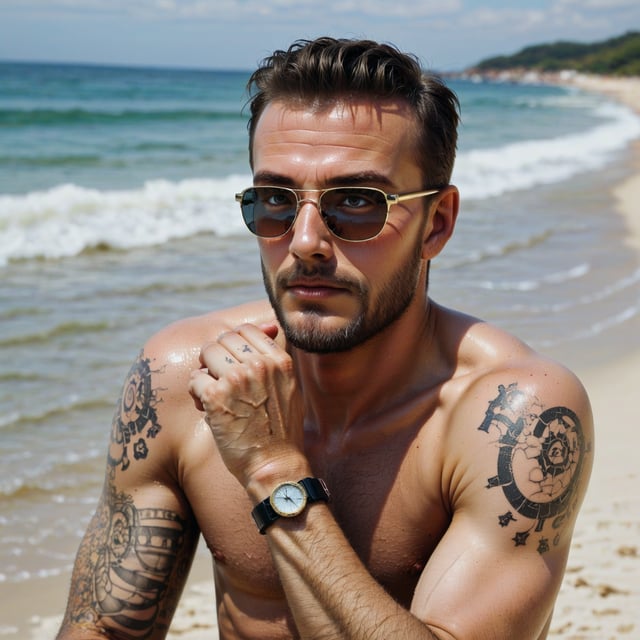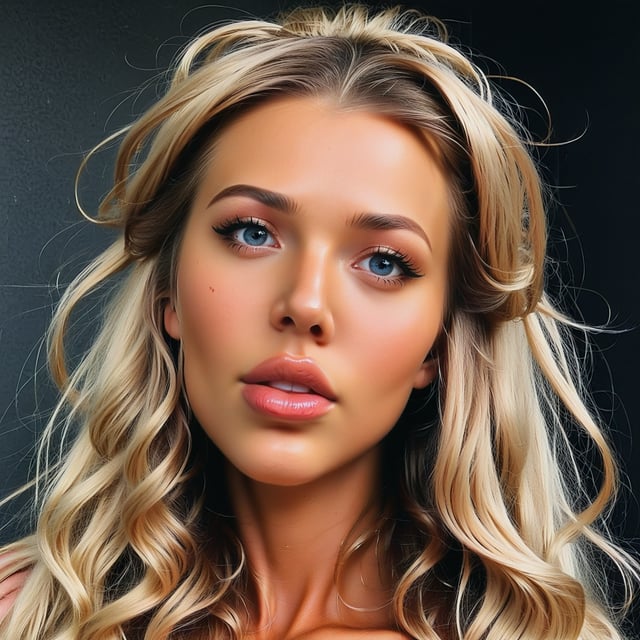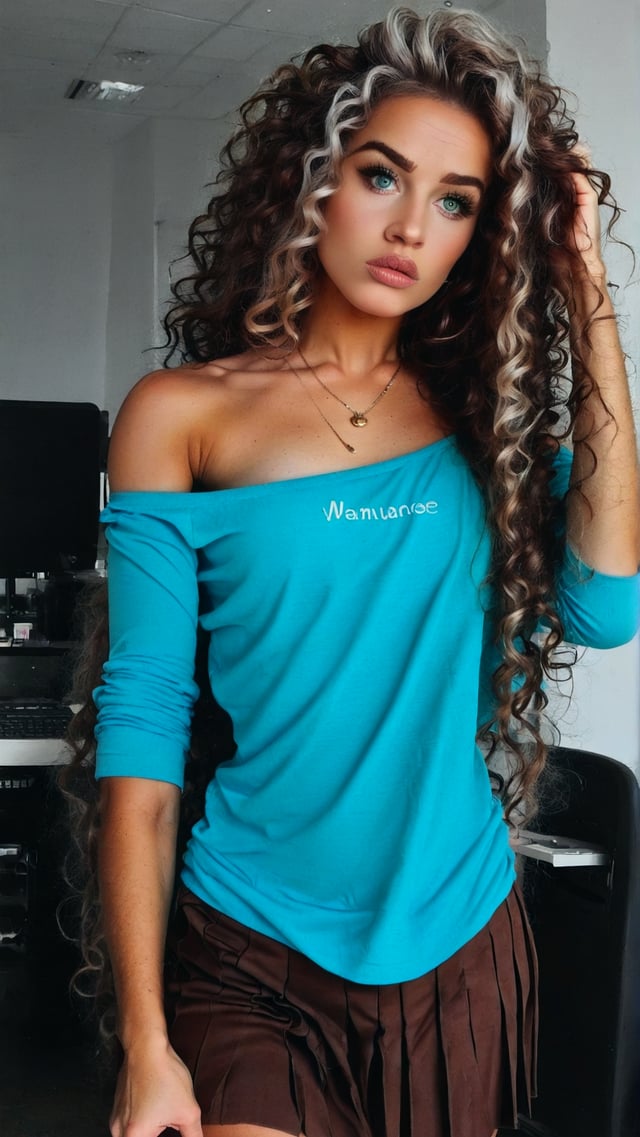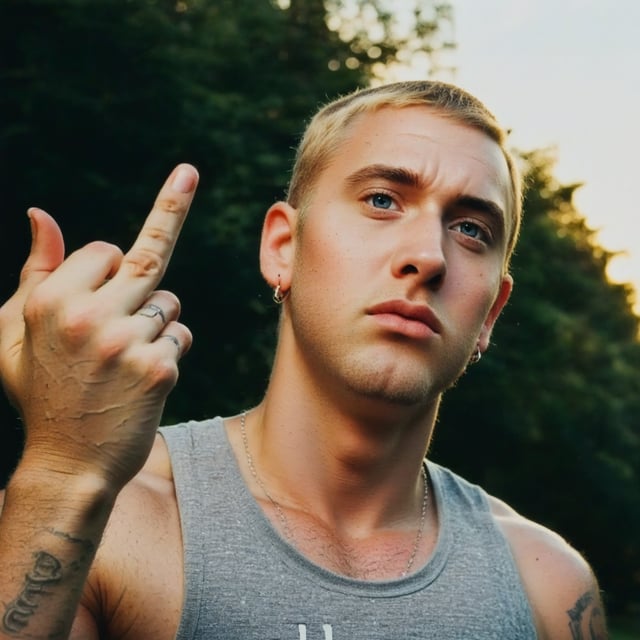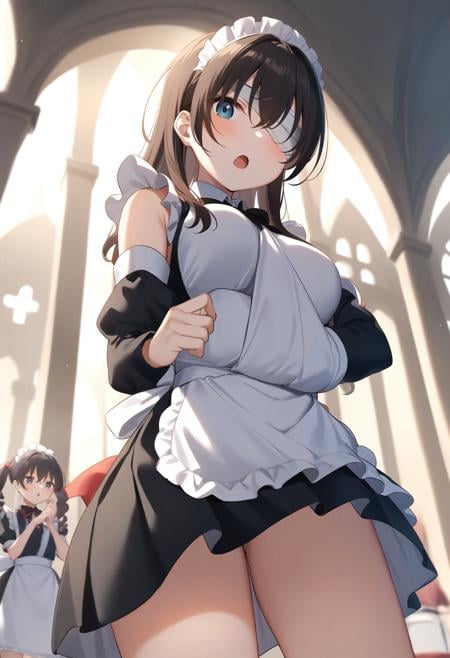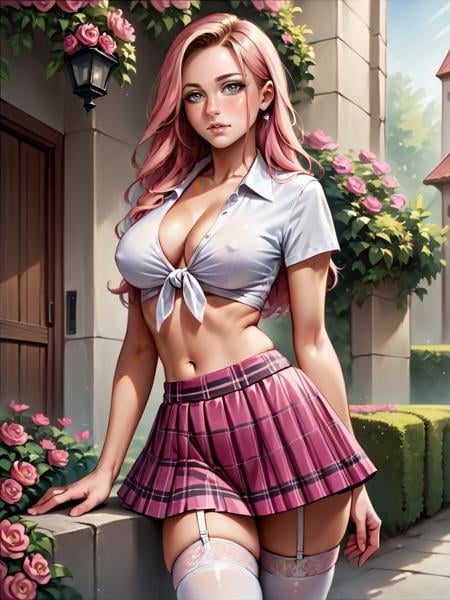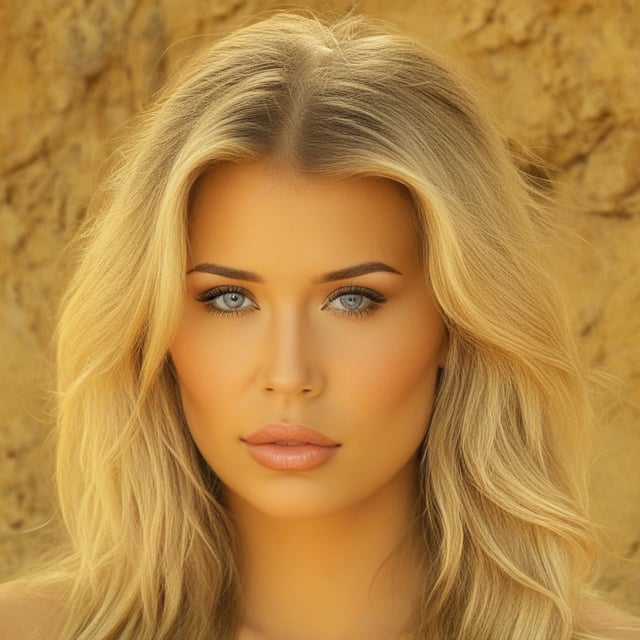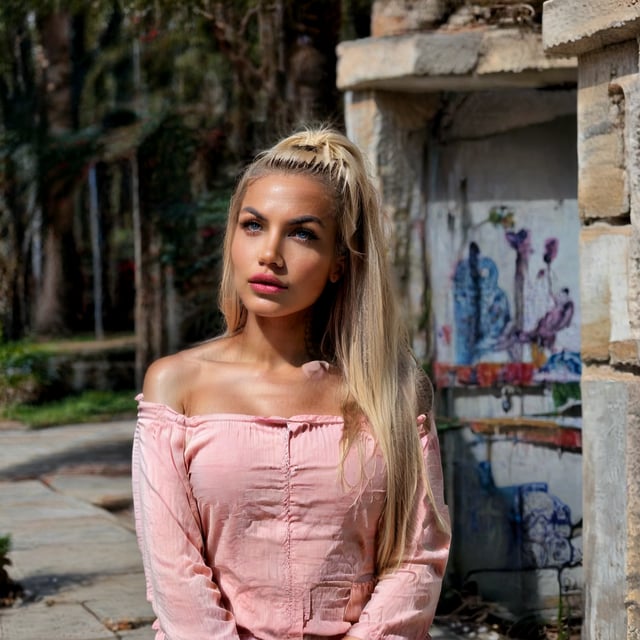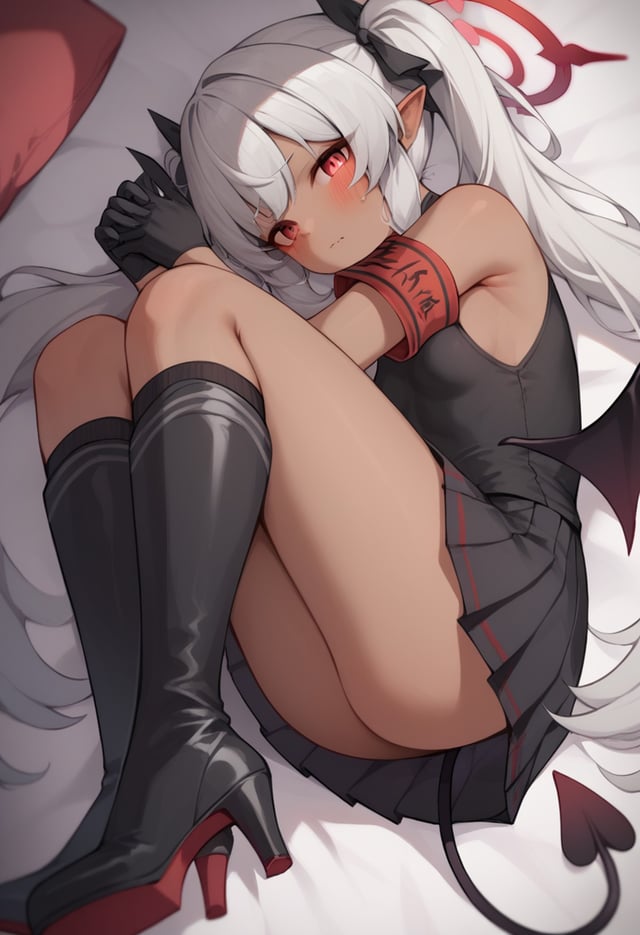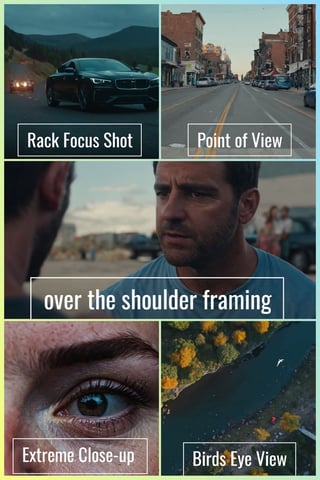Buzz words: LIGHTING
Getting the lighting right is key to making your AI-generated images look super realistic. This guide gives you the top keywords to use in your prompts to nail the lighting every time. Whether you're after dramatic shadows or soft, natural light, these tips will help your images look lifelike and set the tone to your composition.Ambient light:Soft, even lighting that fills the entire scene, reducing shadows.Chiaroscuro Lighting:A technique that uses strong contrasts between light and dark to create a dramatic, three-dimensional effect.Rim light:Light that outlines the subject, emphasizing its edges and creating a glowing effect.Diffused light:Soft light scattered in many directions, minimizing harsh shadows.Natural light:Light from the sun, moon, or other natural sources, offering realism and variationBacklight:Light coming from behind the subject, creating a silhouette or halo effect.Volumetric light:Light that interacts with particles in the air, such as fog or dust, creating visible light rays and enhancing the sense of depth in the scene.Polarized light:Light that vibrates in parallel planes.Emissive light:Light emitted from surfaces or objects themselves, often used to simulate glowing materials or lights.Directional light:Focused light from a specific direction, creating strong shadows and highlights.Soft light:Gentle light that produces minimal shadows, creating a smoother look.Hard light:Sharp, intense light that casts strong shadows and highlights details.Spotlight:Intense focused beam that highlights a set area or subject.Artificial light:Light from man-made sources allowing precise control over the scene.Holagen, florescent, blacklight, led, xenon, plasma, ultraviolet, incandescent, neon, Infrared, sodium vapor lights, metal halide lights, krypton, photoluminescent, ceramic metal halide, HMI, CCFL, CFLLow key light:Predominantly dark lighting with high contrast, often creating a dramatic or moody atmosphere.High Key Light:Bright, low-contrast lighting that minimizes shadows.Bounce Lighting/Reflected Lighting:Light reflected off a surface to soften the effect and spread it more evenly.Side Lighting:Light coming from the side of the subject.Caustic Lighting:Light patterns created when light is refracted or reflected through transparent or reflective materials, producing intricate and often beautiful effects.Uplighting:Light directed upwards. Great for emphasizing architectural features.Color Gel Lighting:The use of colored filters over lights to alter the color or mood of the scene.Gobo Lighting:Using a stencil or template placed in front of a light source to project patterns or shapes onto a surface.Split Lighting:Lighting that illuminates one half of the subject's face while leaving the other half in shadow, creating a strong, dramatic effectButterfly Lighting:Light placed above and in front of the subject, creating a butterfly-shaped shadow under the nose, often used in glamour photography.Rembrandt Lighting:technique where light creates a triangle of illumination on the cheek opposite the light source, adding depth and character.Specular lighting:Sharp, bright reflections from shiny surfaces, emphasizing glossiness and texture.Natural Breakup Lighting/Dappled Lighting:Using irregular patterns to mimic natural light effects, such as light filtering through leaves.Subsurface Scattering:Light that penetrates the surface of a translucent material, scattering within and then exiting at a different point, adding realism to materials like skin or wax.Golden Hour:Warm golden natural lighting obtained shortly after sunrise or shortly before sunset. Creates long soft shadows.Blue Hour:Moody cool natural lighting obtained in the twilight hour just after sunset or just before sunrise.Clamshell Lighting:portrait lighting setup using two light sources, one above and one below the subject's face.Catch light:A small reflection of the light source in the subject's eyes, adding life and dimension to portraits.Cross lighting:two light sources positioned at opposite sides of the subject, creating dramatic shadows and highlights.Tenebrism:Aggressive contrast between light and dark producing dark and gloomy images.Contre-jour:Lighting technique that produces clear silhouettes by the use of backlighting.Sfumato:Artistic lighting technique soft transitions between colors and tones resulting in a dreamy effect with no clear boundaries. Ie. The Mona Lisa.Ray tracing: Rendering technique that simulates the way the light interacts with the scene. Traces the light from the source, bounces off surfaces and reaches the viewers eye. Three point lighting:Cinematic lighting technique using key light, fill light and backlight. Global Illumination: Computer graphic technique that adds more realistic lighting to 3d scenery. Bloom: simulates the glow around bright light sources, creating a soft halo. Luminescence:emission of light by a substance not resulting from heat. It occurs through various processes such as chemical reactions, electrical energy, or other means.Bioluminescence:A cold light produced out of a chemical reaction inside of a living organism.
